
Glossary
Want to know your ABV from proof, or a swizzle from a muddle? Here’s a handy guide to demystifying some of liquor’s language.

“Learn and use your words,” is often heard when parents are teaching their young children the basics of speech. Well, the world of alcohol has its own vocabulary and interpreting correctly what various words mean helps to understand what it’s all about.
When you read, you start with A-B-C – and singing is Do-Re-Mi as The Sound of Music proclaimed. In the world of liquor, it’s always about ABV – or to decode the abbreviation, Alcohol By Volume. It’s a measurement of the amount of alcohol contained in the beverage, expressed as a percentage. So beer, for example, is generally around 4 or 5% ABV whereas wine is usually around 13 or 14% ABV and spirits in South Africa are bottled at 43% ABV by law. (In the United Kingdom gin, vodka and the like are bottled at 40% ABV.)
That leads to the next term: proof. Americans particularly talk about liquor in terms of proof – as in 100 proof whiskey. It too is a measurement of the alcohol content of a distilled spirit – but it’s always double the ABV. So 100 proof whiskey would be 50% ABV, with 40% ABV the equivalent of 80 proof and so on.
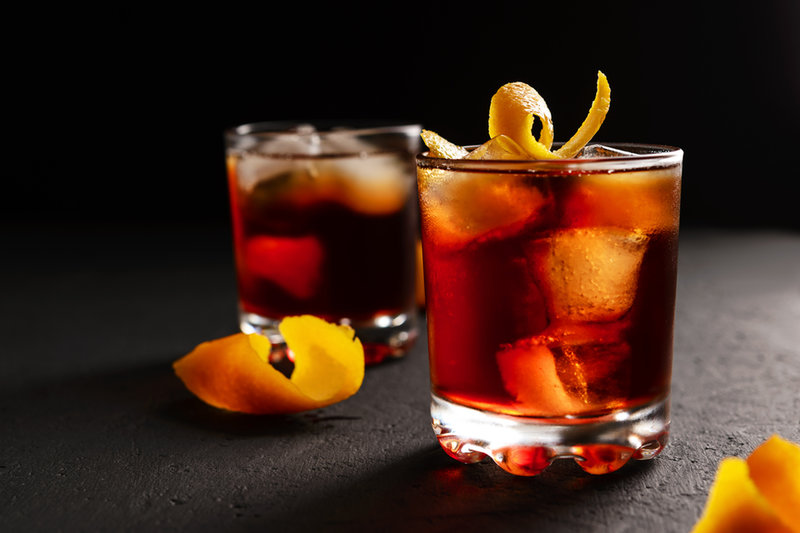
Aperitif and digestif – or to give them their Italian twist, apertivo and digestivo. The former is a drink taken before a meal and the latter is after a meal – a post-prandial tipple to aid digestion. Aperitifs are usually dry rather than sweet and can be anything from a glass of sherry to a negroni cocktail or a gin and tonic. Digestifs, on the other hand, are sweeter. Think about liqueurs such as Tia Maria, Kahlua or Cointreau after a good dinner.
With gin having exploded the way it has over the past few years, few people can be in the dark about botanicals and the crucial role they play in one of the world’s favourite distilled spirits. Botanicals are those flowers, fruit peels, spices, herbs, roots and other natural flavouring agents that are frequently used in the gin distillation process. These are usually introduced by means of a gin basket through which the spirit vapours pass before being condensed back into liquid form. Juniper berries are the most common botanicals but citrus peel, coriander seeds, anise, cinnamon, nutmeg, angelica root and even fynbos such as rooibos tea can be used.
That’s a natural shift to looking at distillation as well as pot stills versus column stills.

Distillation is a process in which a fermented alcoholic beverage – like beer or wine – is concentrated into a spirit like whisky, brandy or vodka by means of a still. Essentially, the base alcohol is heated until it evaporates (because alcohol has a lower boiling point than water) and then those vapours or alcoholic fumes are then cooled and change state back to a liquid form, more condensed and higher in alcohol.
A pot still is usually a large, almost pot-bellied copper kettle essentially. It’s used for single, batch distillations. Sizes of still can vary but they work the same way. The contents of a single pot are heated, the liquid evaporates and rises up the tall pipe, called a swan neck before hitting the top and then running down the angled arm – the Lyne arm, from where it is condensed back into liquid. It is also known as an alembic still.
Obviously, this is problematic if a firm wants to produce greater volumes of liquids – which is where the continuous column still (or Coffey still) comes in. It comprises two columns, the first which is constantly heated at the base so when the fermented liquid is introduced, it heats up, vaporises and rises to the top. The alcoholic vapour goes through pipes attached to condensers in the second column and cools back to liquid form, at a higher alcoholic concentration.
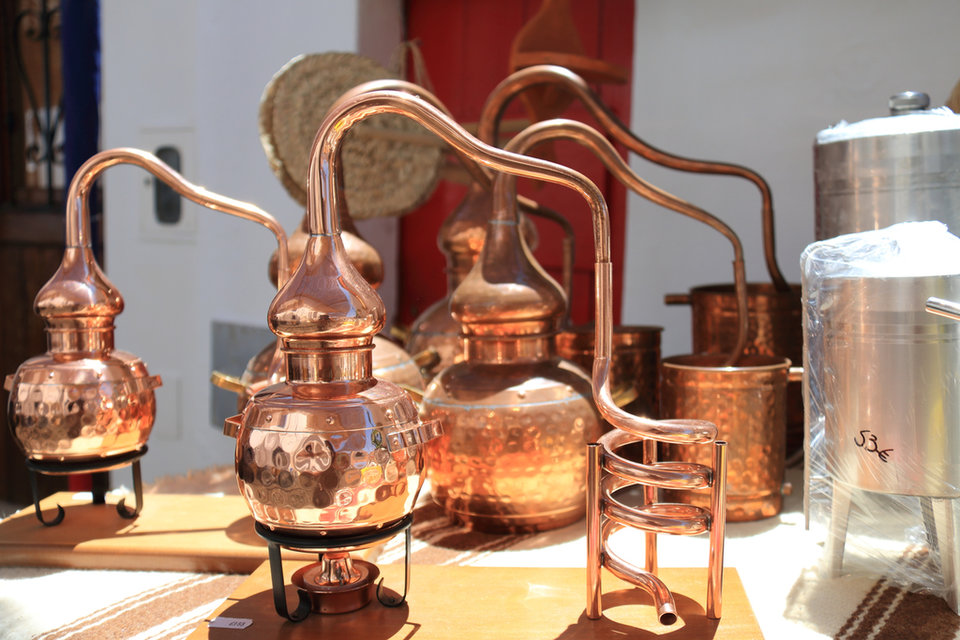
On the topic of stills and their products, whisky needs some explanation – particularly single malts, blended malts and blends. So Scotch whisky is a malt (barley based) or grain (maize based) whisky made in Scotland, so it has to be distilled in Scotland, made from malted barley and be distilled to an alcoholic strength of less than 94.8% ABV. Furthermore it’s not allowed to contain added flavour, colourants or aromas and must be aged in oak barrels for at least three years. Finally, bottling must take place at a minimum of 40% ABV. (A local example of a grain whisky is Bain’s Cape Mountain whisky.) A single malt whisky is the product of a single distillation – pot stilled – from a single distillery. A blended malt is a blend of two or more single malt Scotch whiskies from different distilleries.
And whiskey is simply a different spelling favoured by American, Irish or Canadian producers.
Bourbon is whiskey distilled in the United States and it too has to comply to certain legal regulations to be labelled as such. It has to be made in the USA, made of a grain mix of at least 51% corn (maize), age in new, charred oak barrels and be distilled to no more than 80% ABV (160 proof) before being put into barrel at no more than 62.5% ABV. Final bottling strength after at least two years of maturation, should be at 40% ABV minimum.
That alcoholic strength does vary because sometimes producers release a cask strength whisky. That’s a distillation that is not diluted after its time in barrel.
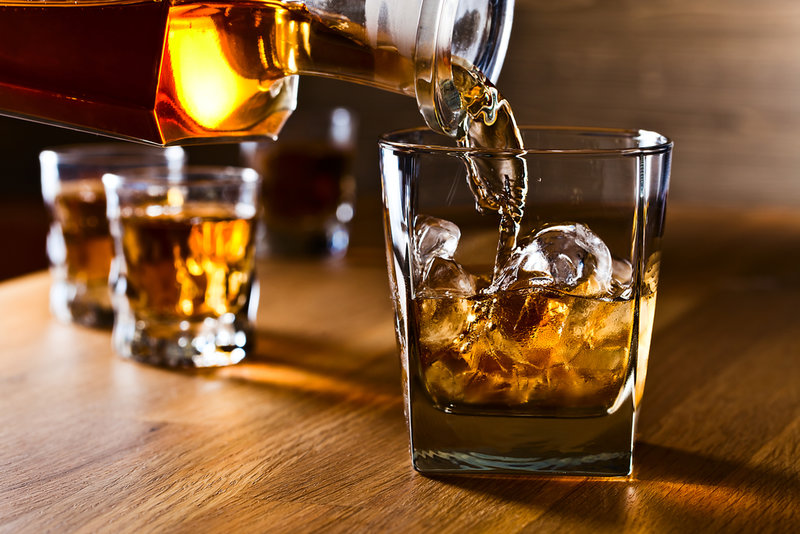
What about techniques
and tools?
A jigger
Like a jigger or a muddler or swizzle stick, for example. A jigger is essential to barmen or cocktail makers because it’s essentially a specialised measuring cup. Jiggers are usually double-sided with two conical cups of different sizes and volumes joined end to end. The smaller side is generally a single serve of an ounce or 30 ml while the other will be a double or two ounces or 60 ml.

A muddler
A muddler comes in handy when making cocktails like the mojito. They’re typically wooden, plastic or even metal dowels or sticks roughly 15 cm long. Their purpose is to crush or pulp and express juice from limes, lemons or mint leaves, for example.
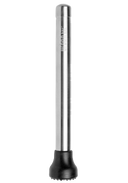
The swizzle stick
The swizzle stick is a piece of kit needed when making long drinks, frequently cocktails from the Caribbean. Swizzles are generally sour style mixed drinks a bit like punches, and they need to be churned with a swizzle stick. (Crushed ice rather than cubes are a feature of these drinks.) The original swizzle sticks were twigs from a tree grown in the Caribbean, the Quararibea turbinate. The twigs are long, straight and have short fingers or blades at the end, at right angles to the shaft, which are ideal for oscillating and mixing the various components as the drink is built.
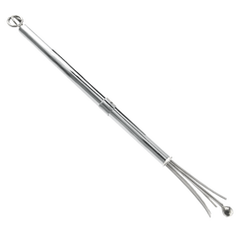
A built cocktail
A built cocktail is one made directly in its serving glass – like a gin and tonic. By contrast, a martini – whether shaken or stirred – is made in another vessel and then poured into its uniquely shaped glass. Built cocktails are usually served on the rocks (meaning on ice cubes) and frequently contain carbonated ingredients which don’t take kindly to being shaken or vigorously stirred.
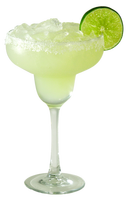
Shaken drinks
Shaken drinks such as a margarita are assembled in a mixing glass or cocktail shaker in the right proportions and then agitated or shaken to blend all the parts together. A Manhattan cocktail is one which is put together in a mixing glass and then blended by means of stirring before being poured into a serving glass.
A shot
A shot is a single serving of alcohol, neat. And neat describes a spirit or liqueur which is served as is – without ice, water or any mixer. A shot of whisky served on the rocks would no longer be neat since the ice cubes in the glass will melt and dilute the spirit …


simple syrup
And one essential ingredient in any bar is simple syrup. It’s used to sweeten drinks and is easily made at home in the ration of 1 to 1, sugar to water. It’s also possible to play around and flavour syrups, either with caramel or ginger or even citrus peel or mint.

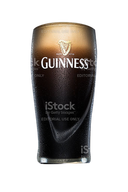
sláinte
Finally, sláinte – a toast in gaelic, both Irish and Scottish, that translates to “health” and is typically used the same as "cheers".